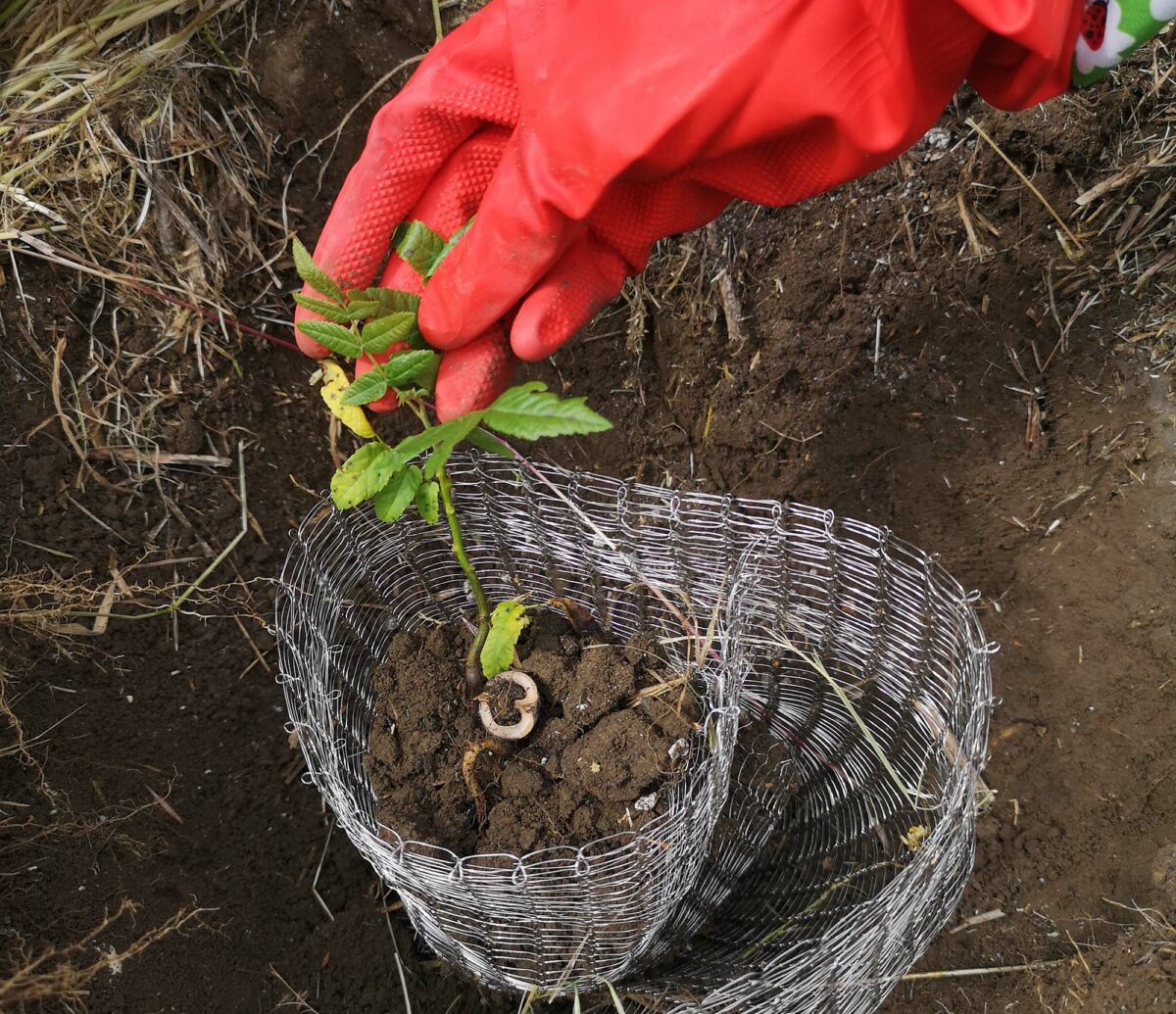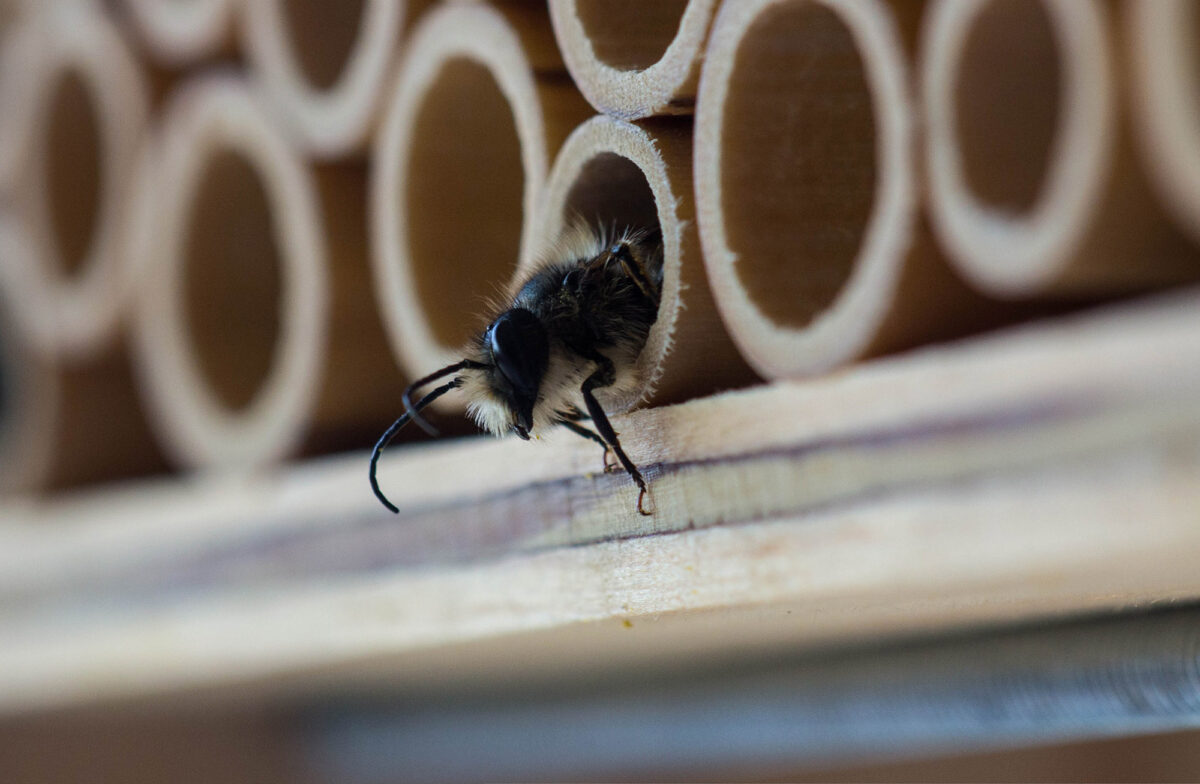Trees can transform a neighborhood. People who grew up in areas with plenty of greenery may not realize how a lack of trees affects a community. Without trees, neighborhoods often experience some of the climate crisis’s harshest effects. Pollution, erosion, and extreme heat are just the beginning of what treeless communities can expect to face.
As one of the most pollution-burdened areas in California, the northeast Los Angeles neighborhoods near Ascot Hills Park understand what it’s like to live with these issues. That’s why grassroots community organization North East Trees teamed up with the Arbor Day Foundation for a tree planting event on Tuesday, April 18.

Sponsored by U.S. Bank, the event saw organization members and locals work together to plant trees at Ascot Hills Park in Los Angeles. These trees are a powerful tool for improving air quality, creating shade canopy, and reducing erosion in the area. Trees also help cool down urban areas vulnerable to the heat island effect.
During the April 18 tree planting event, volunteers helped plant 45 trees. The plants were propagated from seeds collected in Ascot Hills Park and cultivated in the North East Trees nursery. This community-led nursery champions youth empowerment through partnerships with community organizations and local schools.

Five tree species, from coast live oak to black walnut, were planted during the event. Volunteers ranged from first-time tree planters to experienced organization leaders. As a spokesperson for North East Trees said, “People were enthusiastic and inspired to be surrounded by their work community and to participate in environmental activities outside of their normal environment. For at least one participant, it was their very first time planting a tree and they got to share that experience with people they have worked alongside for years.”

Occurring just before Earth Day on April 22, the tree planting activity remains poignant on Arbor Day, April 28, and year-round. L.A. locals looking to get involved can join North East Trees for volunteer opportunities on the first Saturday of every month. These events invite people of all ages to get active outdoors.

Through the Arbor Day Foundation’s partnership with coconut water company Vita Coco, social media users can also use the hashtag #ArborDay on Instagram, Twitter, or Facebook to plant up to 100,000 trees in total. Explore more ways to get involved on the Arbor Day Foundation and North East Trees websites.



